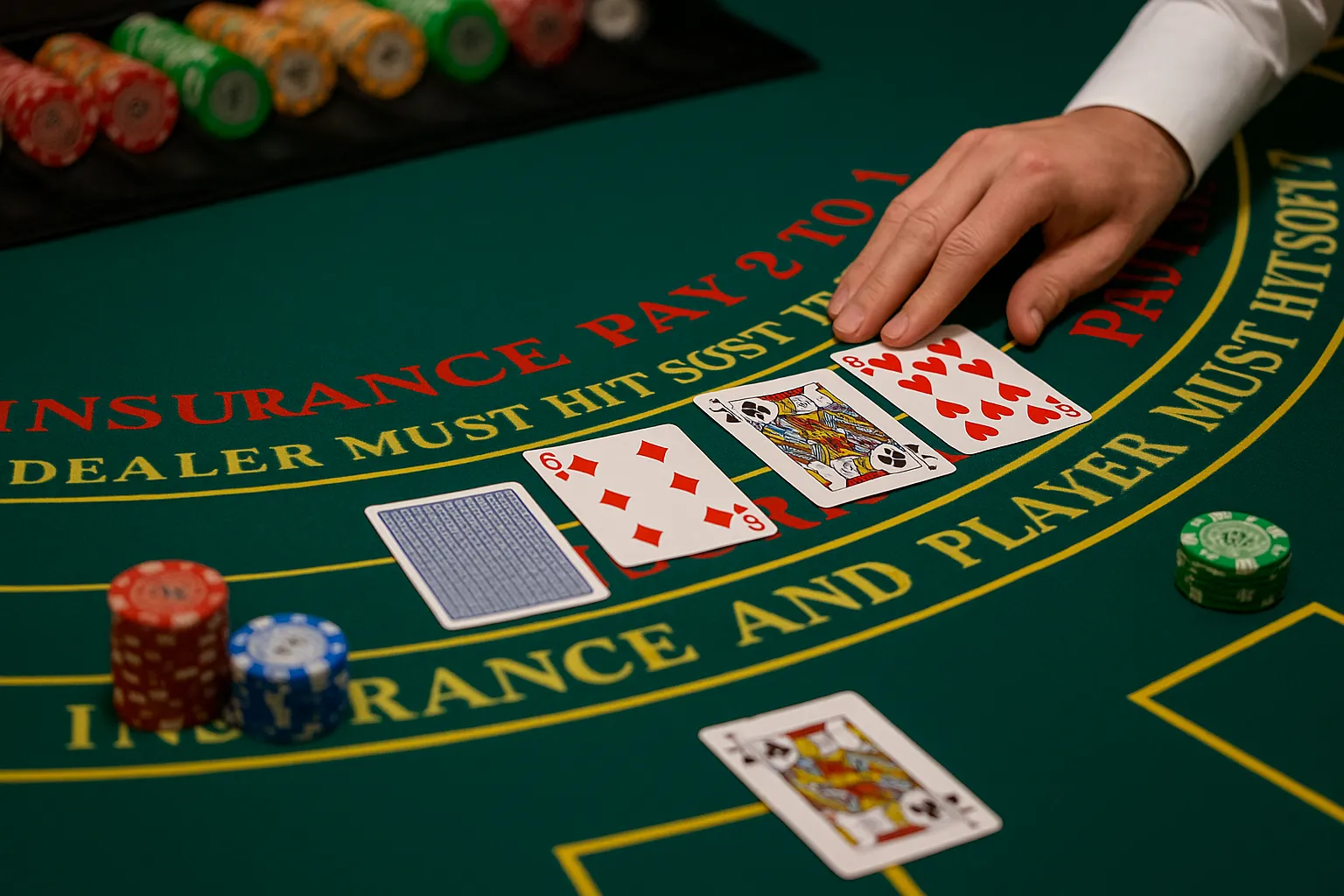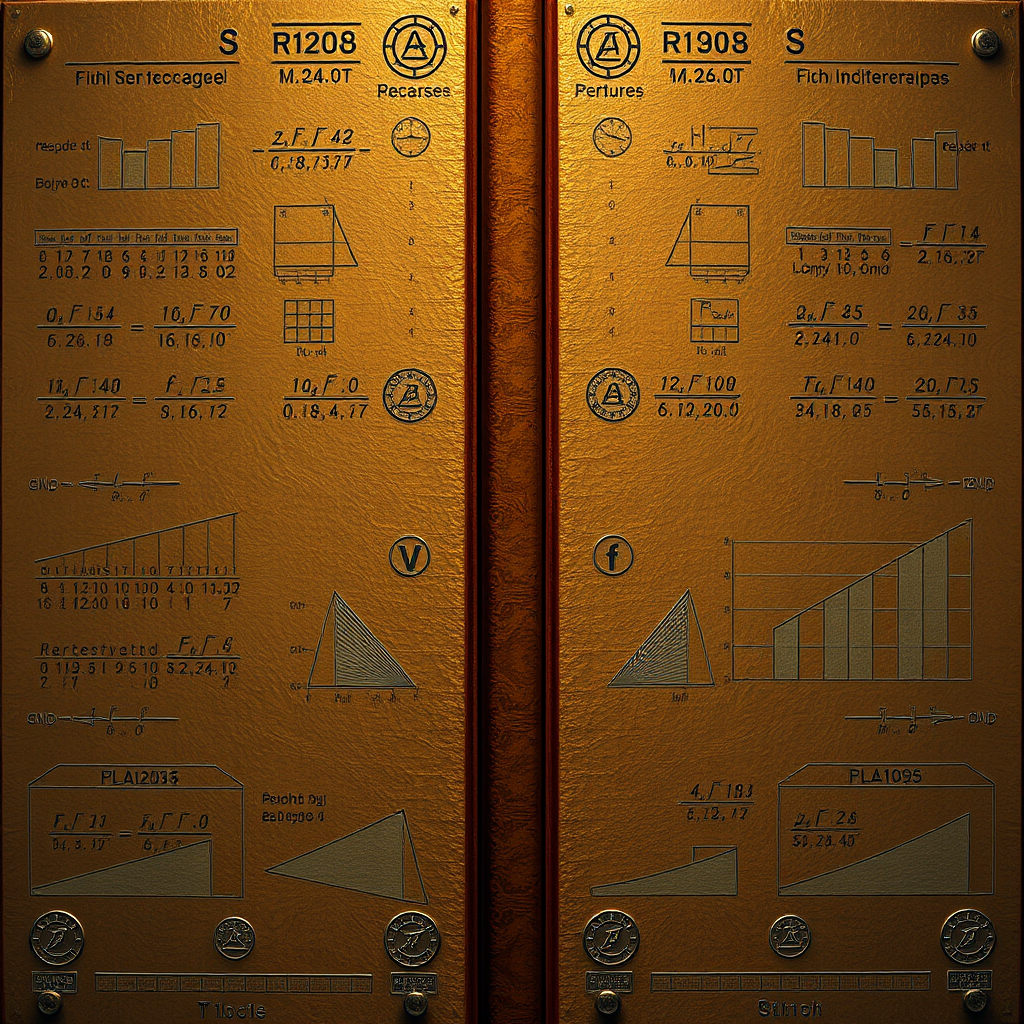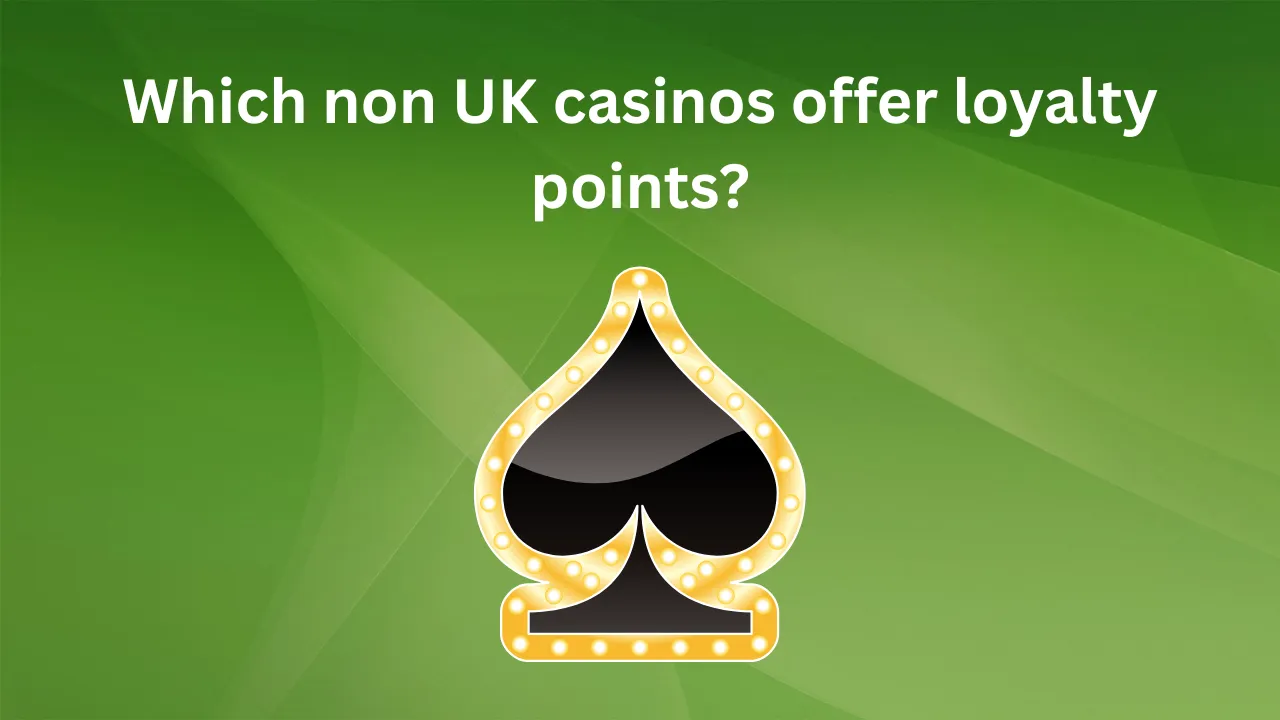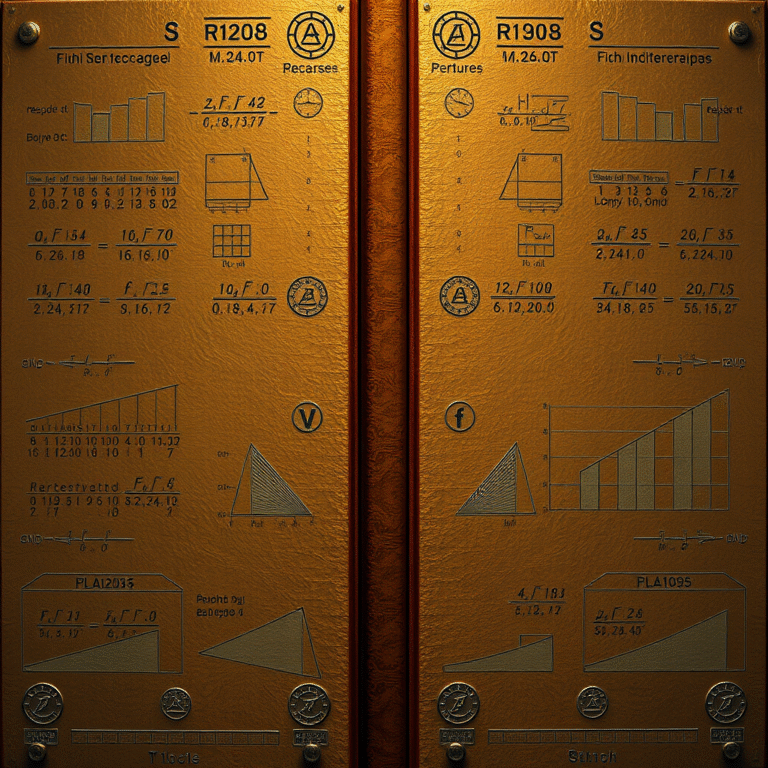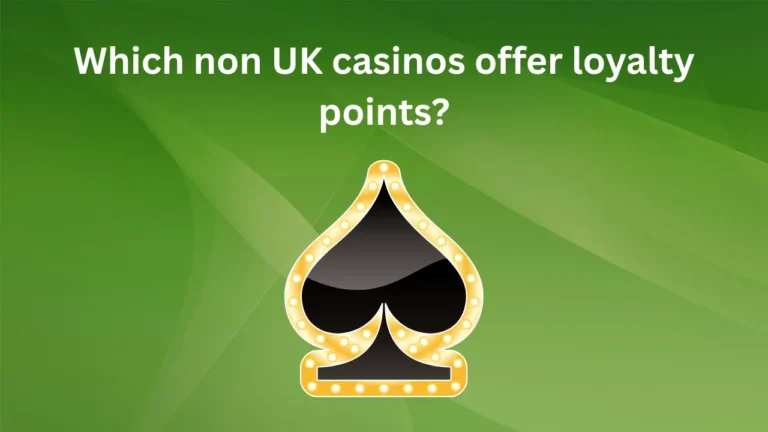Grasping the Fundamentals of Blackjack
Blackjack, often called 21, is one of the few casino games where a player’s decisions can directly influence the outcome. Unlike slots or roulette, blackjack involves strategy: when to hit, stand, double down or split. The goal is simple—beat the dealer’s hand without going over 21—but behind that simplicity lies a depth of mathematical and psychological elements. By understanding basic rules, table protocols, and the house edge, you lay the groundwork for more advanced tactics that can meaningfully shift the odds in your favor.
Developing a Solid Basic Strategy
At the heart of every winning blackjack session is basic strategy: a mathematically derived set of decisions based on your hand and the dealer’s visible card. Basic strategy minimizes the house edge to as low as 0.5%, but only if you execute it flawlessly. You’ll learn when it’s optimal to hit on a 16 against a dealer’s 10, or when to double down on 11.
For those who prefer playing online, you’ll want to choose reputable online casinos that accept credit card real money—that way you know you’re competing in games with proper regulations and consistent rules. Matching strategy sheets to the specific house rules (like whether the dealer hits on soft 17) is crucial. Practice basic strategy in free-play modes until your responses become second nature, so in a live game you can make split-second decisions without hesitation.
Leveraging Card Counting (Legally and Ethically)
Card counting often evokes images of secret formulas and hidden signals, but at its core it is simply tracking the ratio of high to low cards remaining in the deck. A positive count indicates more tens and aces, improving your odds for blackjack and allowing you to increase your bets.
One common approach is the Hi-Lo system: assign +1 to cards 2–6, 0 to 7–9, and –1 to 10s and aces. By keeping a running count and converting it to a “true count” (dividing by the estimated decks left), you gain insight into when to bet big or step back. While counting is not illegal, casinos may ask you to leave if they suspect you’re altering your bets identifiably. If you choose to incorporate card counting, practice diligently away from the table—preferably with a deck of cards at home—so your mental arithmetic is seamless.
Mastering Bankroll Management and Bet Sizing
Even the best strategy can falter without proper bankroll management. Determining a session bankroll—funds set aside exclusively for a blackjack outing—helps guard against emotional play. A common recommendation is using units equal to 1–2% of your total bankroll for each bet. For example, with a £1,000 bankroll, a £10 bet (1%) keeps swings manageable.
Adjust your bet size as your advantage changes. When the true count in card counting signals a favorable deck, you can increase your wager within your predetermined unit multiples. Conversely, when the deck is neutral or negative, reduce to your base bet. This disciplined approach prevents catastrophic losses during losing streaks and maximizes gains when the odds tilt in your favor.
Choosing Games and Table Conditions Wisely
Not all blackjack tables are created equal. Payout structures, deck penetration, and side rules can all tip the house edge. Seek out games offering 3:2 payouts for natural blackjacks—avoid 6:5 tables, which substantially increase the house’s advantage. Fewer decks are better: single- or double-deck games provide more transparency for card counters, whereas eight-deck shoes require more complex adjustments.
Watch for tables where dealers stand on soft 17 rather than hit; standing on soft 17 reduces the house edge by roughly 0.2%. Also examine deck penetration—how many cards the dealer deals before shuffling. Higher penetration (e.g., 75–80% of the shoe) favors your count accuracy. These factors, when combined with basic strategy and card counting, can further narrow the edge between you and the house.
Avoiding Common Pitfalls and Psychological Traps
Many beginners succumb to “tilt” — letting frustration influence decisions after a bad beat. If you start chasing losses by abandoning basic strategy or ramping up bets irresponsibly, you’ll erode any long-term advantage. Instead, set strict loss and win limits before you sit down. When you reach those thresholds, step away.
Emotions also play into deviation from strategy. If you feel jittery taking insurance, remember that insurance bets carry a high house edge. Reserve insurance for moments when your count indicates a true edge. Similarly, avoid side bets—tempting as they may be—with house edges often exceeding 5%.
Incorporating Advanced Techniques and Continuous Learning
Outside of basic strategy and counting, there are shuffle tracking and hole-carding for the truly dedicated. Shuffle tracking entails observing groups of cards—“clumps”—and predicting their reappearance post-shuffle. Hole-carding involves glimpsing the dealer’s face-down card when conditions allow. These techniques are far more complex and carry higher risk of casino detection, but advanced players sometimes employ them.
Regardless of your level, continual education is key. Read respected blogs, follow expert forums, and analyze your play through tracking software. Data-driven reviews of your sessions—win rates, average bet sizes, duration—highlight patterns you can refine. Real-world experience, combined with rigorous study, evolves you from a casual player into a disciplined competitor.
Maximizing Your Experience: Tips Beyond the Table
Winning at blackjack isn’t solely about cards—it’s about optimizing your overall casino experience. Many land-based and online venues offer loyalty programs, cashback deals, and match-play coupons. Factor these into your play: collecting tier points can yield complimentary meals, free rooms, or bonus credits, effectively reducing your net losses.
When playing at brick-and-mortar casinos, arrive early to secure favorable seats, especially at single-deck tables in high-demand casinos. In online settings, look for “hot seat” promotions where you can earn extra rewards for being dealt blackjack on a randomly selected seat. Combining these perks with skilled play can give you a tangible edge, both financially and experientially.
Conclusion: Playing Smart for Long-Term Success
Maximizing your odds in blackjack requires more than luck. It demands an understanding of basic strategy, disciplined bankroll management, careful game selection, and potentially card counting. Avoid emotional tilts and side-bet temptations, and continually educate yourself through practice and research. By approaching blackjack as a strategic game of skill rather than pure chance, you can significantly close the gap to the house edge and create an engaging, potentially profitable pursuit.

